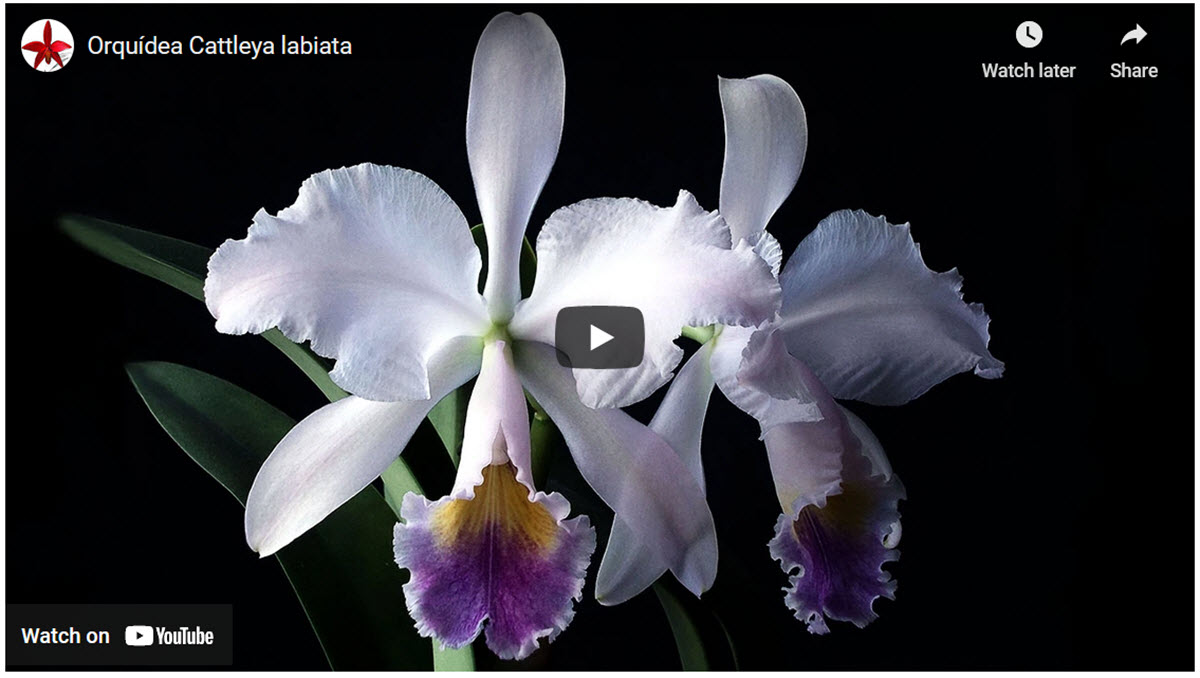Cattleya labiata
Contents
Name: Cattleya labiata
General information
Cattleya labiata is commonly known as Crimson Cattleya or Ruby-lipped Cattleya. This was the first Cattleya orchid to be discovered by European botanists and the first specimen was stumbled upon in Brazil in 1818. Cattleya labiata is a very popular Cattleya since it is robust and not very difficult to care for compared to most other members of its genus.
Flowers
Cattleya labiata produces up to five flowers per raceme. They are big, showy and very fragrant. Each flower can reach a size of 6 in. (15 cm). The blooming season depends on your particular clone.
Light
Cattleya labiata needs high light intensity to thrive. If the leaves are dark green, your orchid is not getting enough light.
Watering
The growing period commences in spring and during this part of the year your Cattleya labiata orchid will need a lot of water. A soggy medium must however always be avoided since this is dangerous for the roots. Reduce the watering as soon as the pseudobulbs have matured, unless you wish to encourage further vegetative growth (which will lead to less powerful flowering). It is time to increase watering again when you can see buds in the sheath. When the blooming period is over it is time for your Cattleya labiata to rest and the potting medium should now be kept rather dry. Give the orchid a small amount of water every 2-4 week.
Potting medium
The ideal potting medium for a Cattleya labiata is a well-draining compost mix. You can for instance mix chopped tree fern, sphagnum moss and bark. Osmunda fibres are also sometimes included in the mixture.
Repotting
Repot your Cattleya labiata in spring when the front pseudobulb starts to send out new roots.
Propagation
Cattleya labiata is normally propagated using back bulbs. Pick backbulbs that are easy to remove without injuring the plant. When you plant, make sure that only the roots are covered in potting medium. Do not get the foliage wet.
